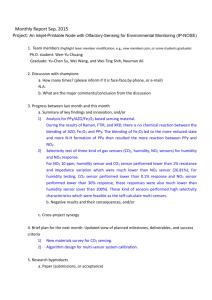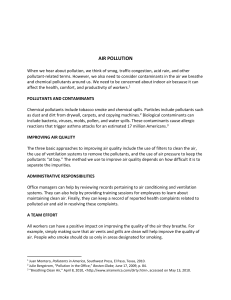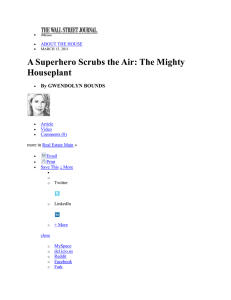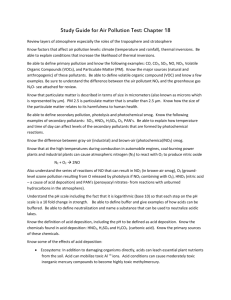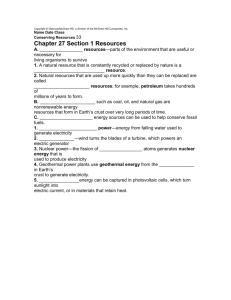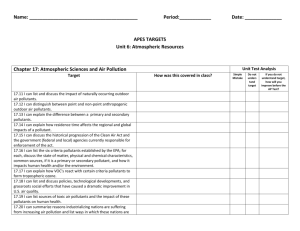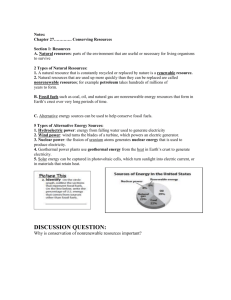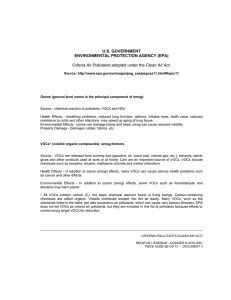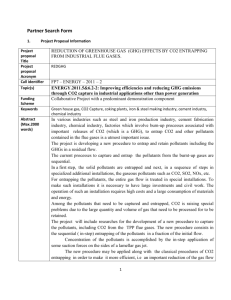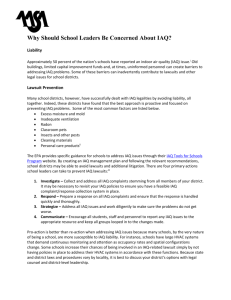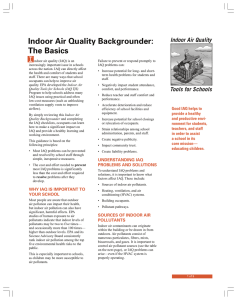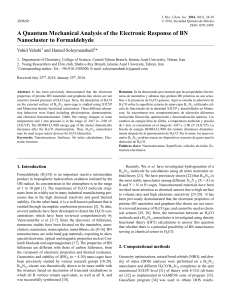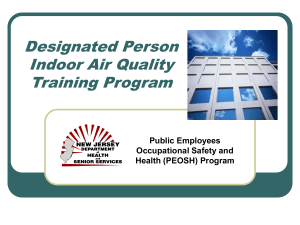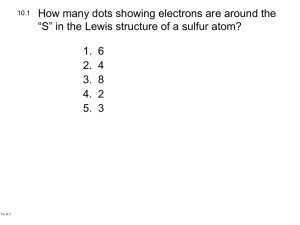Exposure assessment
advertisement
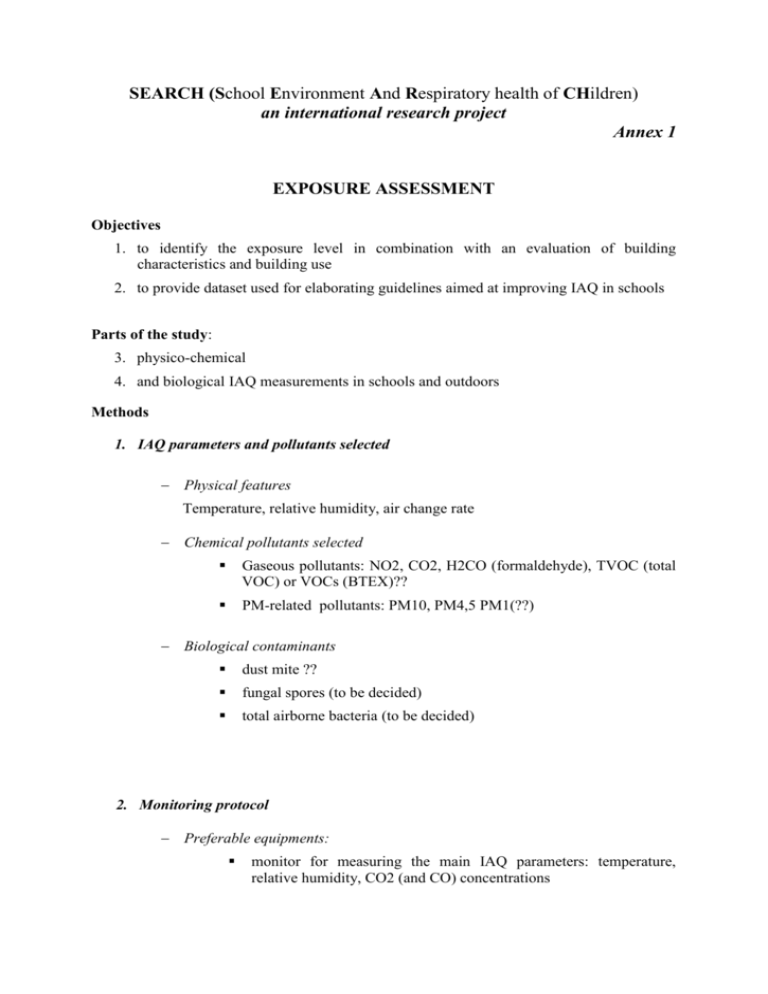
SEARCH (School Environment And Respiratory health of CHildren) an international research project Annex 1 EXPOSURE ASSESSMENT Objectives 1. to identify the exposure level in combination with an evaluation of building characteristics and building use 2. to provide dataset used for elaborating guidelines aimed at improving IAQ in schools Parts of the study: 3. physico-chemical 4. and biological IAQ measurements in schools and outdoors Methods 1. IAQ parameters and pollutants selected Physical features Temperature, relative humidity, air change rate Chemical pollutants selected Gaseous pollutants: NO2, CO2, H2CO (formaldehyde), TVOC (total VOC) or VOCs (BTEX)?? PM-related pollutants: PM10, PM4,5 PM1(??) Biological contaminants dust mite ?? fungal spores (to be decided) total airborne bacteria (to be decided) 2. Monitoring protocol Preferable equipments: monitor for measuring the main IAQ parameters: temperature, relative humidity, CO2 (and CO) concentrations monitor with current mass concentration reading for PM measurements passive samplers for NO2, TVOC and H2CO Sampling Indoor Place: classroom, in the breathing zone Season: heating period Duration: depending on type of the pollutants measured 24 hrs (H2CO), 5 days (NO2, VOCs), school-time within one day in each classroom (CO2, PM, temperature, relative humidity) Frequency: once in the period Outdoor Place: in the ambient air, closest to the window of the classroom Season: Duration: depending on type of the pollutants measured heating period 24 hrs (H2CO), 5 days (NO2, VOCs), 10 minute measurements at the beginning and the end of the school-time within one day (CO2, PM, temperature, relative humidity) Frequency: once in the period

